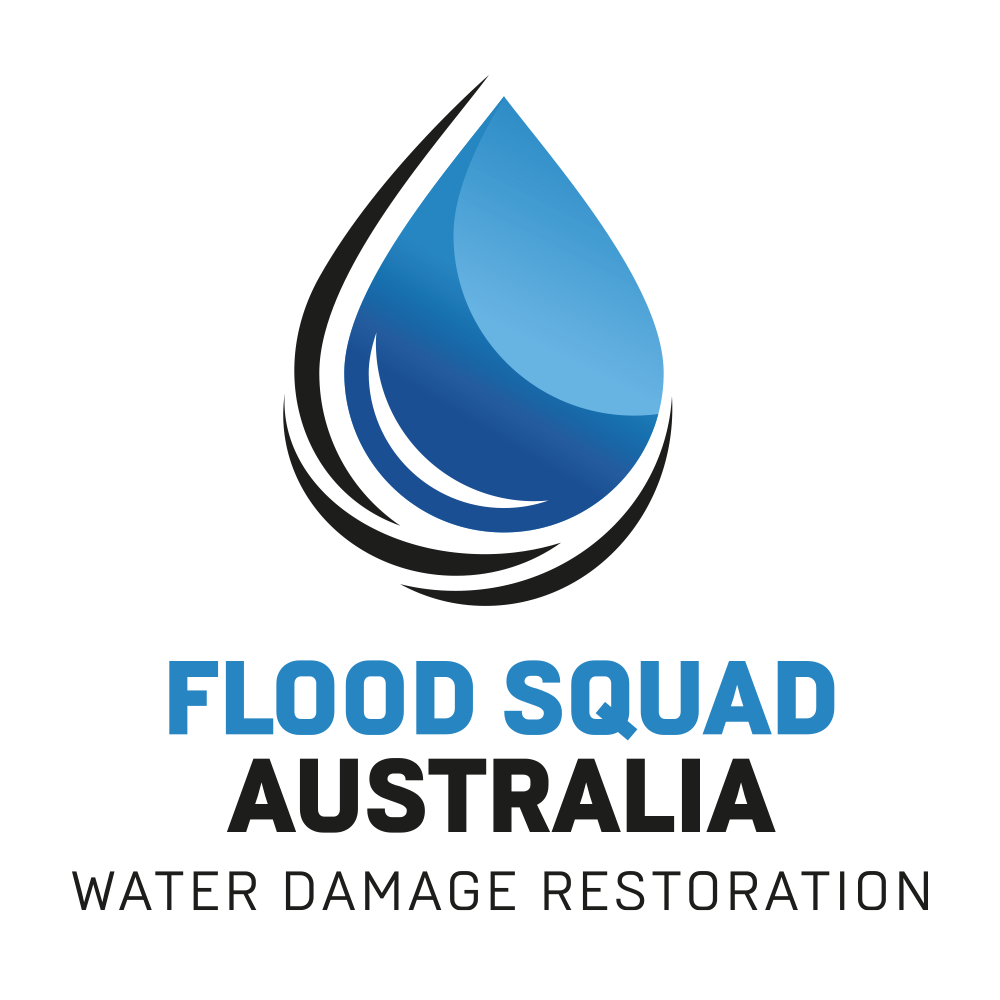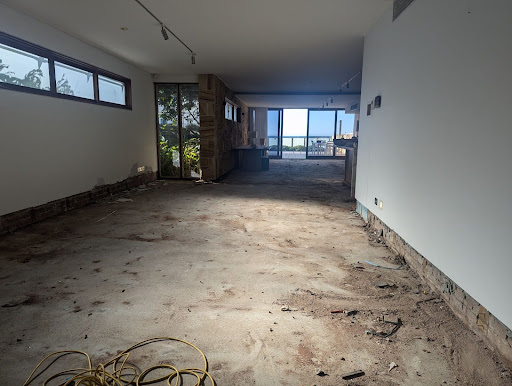Australia’s climate is as diverse as its geography. From arid deserts to lush rainforests, the continent sees everything from scorching heat to torrential rains. These variations in weather can lead to different types of water damage in commercial buildings. For instance, northern regions experience tropical climates, which can bring about intense monsoonal rains, while southern areas might encounter cooler, wetter conditions during winter months.
Moreover, Australia’s position in the Southern Hemisphere subjects it to unique oceanic influences. The El Niño and La Niña phenomena can drastically alter weather patterns, affecting rainfall and temperature across the continent. These climatic changes can sometimes lead to unexpected weather extremes, further complicating efforts to manage it in commercial properties.
The Role of Rainfall and Flooding
One of the most significant contributors in Australia is heavy rainfall leading to flooding. Regions such as Queensland and New South Wales often experience intense rain, particularly during the summer months. This can result in flash floods, which can overwhelm drainage systems and lead to water entering commercial properties. The infrastructure in these regions often struggles to cope with the sudden influx of water, exacerbating the risk of damage.
Flooding in Australia not only causes immediate damage but can also have long-lasting effects. Mold growth, structural damage, and compromised electrical systems are just a few issues that businesses might face post-flooding. Furthermore, the economic impact of such events can be profound, affecting business continuity and leading to significant financial losses. Businesses must consider both the direct and indirect costs associated with water damage when planning their risk management strategies.
The Impact of Tropical Cyclones
Tropical cyclones are another weather phenomenon that affects Australia’s coastal regions. These powerful storms can bring strong winds and heavy rains, leading to severe water damage in commercial buildings. Cyclones can cause roofs to leak, windows to break, and even structural failures, all of which can result in significant water ingress. The aftermath of a cyclone can leave buildings vulnerable to further weather-related issues, compounding the challenges faced by property managers.
Additionally, the unpredictability and intensity of cyclones mean that preparation is key. Building codes in cyclone-prone areas are often stringent, yet older buildings might not meet modern standards, increasing their risk of severe damage. Retrofitting these properties to withstand cyclone impacts can be a crucial step in minimising it.
Bushfires and Subsequent Flood Risks
Bushfires are a common occurrence in Australia, especially during the hot, dry summer months. While they primarily cause damage through fire, they can also lead to water damage. After a bushfire, the landscape is often left barren, which can increase the risk of flash flooding. With the vegetation gone, there is less ground cover to absorb rainfall, leading to rapid runoff and potential damage in nearby commercial properties. The stark transition from drought to deluge is a reality that many Australian regions face.
The cycle of bushfire followed by flooding underscores the need for comprehensive disaster preparedness plans. Communities and businesses in bushfire-prone areas must consider the dual threats when planning their response strategies. The rehabilitation of natural vegetation and implementation of artificial barriers can help mitigate the risks associated with post-fire flooding.
The Influence of Climate Change
Climate change is amplifying Australia’s weather extremes, making it more of a pressing concern for commercial buildings. As temperatures rise, the intensity and frequency of extreme weather events, such as heavy rainfall and cyclones, are expected to increase. This poses a significant risk to commercial properties, as they may not be equipped to handle the heightened impact of these events. Adaptation to these changes is essential to safeguard assets and ensure business continuity in the face of climate volatility.
Rising Sea Levels
Rising sea levels are another consequence of climate change that can lead to the severity. Coastal commercial properties are particularly vulnerable to this threat. Higher sea levels increase the risk of coastal flooding, which can cause significant damage to buildings and infrastructure. The gradual encroachment of the sea can lead to erosion and weakening of structural foundations, posing long-term risks to property stability.
In response to rising sea levels, coastal regions must invest in sustainable infrastructure and coastal defenses. This might include seawalls, improved drainage systems, and the strategic relocation of critical assets. Ensuring that new developments consider future sea-level scenarios will be key to mitigating potential problems.
Increased Rainfall Intensity
With climate change, rainfall patterns are also changing. Some areas are experiencing more intense and frequent rainfall, leading to an increased risk of flooding. This can overwhelm drainage systems and lead to water ingress in commercial buildings, causing damage to interiors and critical infrastructure. The unpredictability of rainfall intensity makes it challenging for existing systems to cope, highlighting the need for proactive infrastructural upgrades.
To combat these changes, cities must enhance their urban planning and water management strategies. Implementing green infrastructure, such as permeable pavements and rain gardens, can help absorb excess rainfall and reduce the burden on traditional drainage systems. These measures not only protect commercial properties but also contribute to a more sustainable urban environment.
Preventative Measures for Commercial Buildings
Understanding the risks associated with Australia’s weather patterns and climate change is the first step in mitigating the issues. Commercial building owners and managers can take several preventative measures to protect their properties. Adopting a comprehensive approach that combines both short-term fixes and long-term strategies will be crucial in safeguarding against future water-related threats.
Regular Maintenance and Inspections
Regular maintenance and inspections are crucial in preventing any further damage. Building owners should ensure that roofs, gutters, and drainage systems are in good condition and free of debris. Regular inspections can help identify potential vulnerabilities, such as cracks in the foundation or leaks in the roof, allowing for timely repairs. Proactive maintenance can significantly reduce the likelihood of damage, saving time and money in the long run.
Furthermore, having a well-documented maintenance schedule can aid in risk assessment and insurance processes. By demonstrating a commitment to upkeep, building owners may benefit from reduced insurance premiums and improved coverage terms. Regular audits of maintenance practices can ensure that they remain effective and align with the latest industry standards.
Implementing Flood-Resistant Measures
For properties in flood-prone areas, implementing flood-resistant measures can be highly beneficial. This might include installing barriers or shields to prevent water ingress, elevating electrical systems, and using water-resistant materials in construction. These adaptations can make a significant difference in reducing damage during severe weather events.
In addition to physical barriers, technological solutions such as flood detection sensors and automated sump pumps can provide early warning and rapid response capabilities. These tools allow for real-time monitoring of water levels and can trigger preventative measures before significant damage occurs. Integrating such technology into building management systems enhances the resilience of commercial properties.
Investing in Water Damage Restoration Services
Despite the best preventative measures, it can still occur. In such cases, investing in professional commercial water damage restoration services is essential. These services can help mitigate the impact of it, prevent mold growth, and restore the building to its original condition. Quick response times are critical in minimising the extent of damage and associated costs.
Moreover, partnering with reputable restoration services ensures that recovery processes adhere to industry best practices and safety standards. These professionals can also provide valuable insights into improving future resilience, helping businesses to better prepare for subsequent events. Regular reviews and updates to restoration plans will ensure that they remain effective and relevant as threats evolve.
Conclusion
Australia’s diverse weather patterns and the growing impact of climate change present significant challenges for commercial buildings in terms of damage. By understanding these patterns and taking proactive steps, building owners can better protect their properties and minimise potential damages. Regular maintenance, flood-resistant measures, and professional restoration services are key components in safeguarding commercial buildings against damage.
In summary, while Australian weather patterns pose a serious threat to commercial properties, with the right knowledge and preparation, these challenges can be effectively managed. By investing in resilience and adopting forward-thinking strategies, building owners can not only protect their assets but also contribute to more sustainable and resilient communities. The key lies in staying informed and adapting to the ever-changing environmental landscape.


